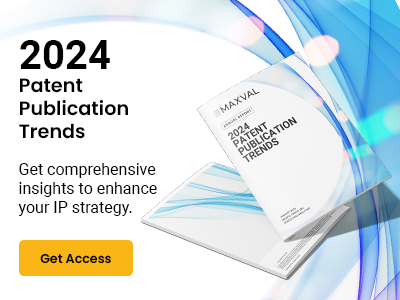Welcome to the March 2025 edition of “IP Five in 5,” your concise roundup of the top five intellectual property news stories from the past month.
1. USPTO Introduces ID.me for Patent Center Users
On March 27, 2025, the U.S. Patent and Trademark Office (USPTO) implemented ID.me, a modern identity verification platform, for Patent Center users. This initiative simplifies the application process, enhances efficiency, and strengthens security against external threats. The ID.me verification can be completed entirely online, eliminating the need for notarization and significantly reducing user costs.
2. WIPO Reports Growth in Global IP Registrations
On March 17, 2025, the World Intellectual Property Organization (WIPO) announced that usage of its global IP registries for patents, trademarks, and designs significantly increased in 2024. This growth indicates rising global demand for intellectual property protection and the effectiveness of WIPO’s international IP filing services.
3. ICANN Moves Closer to Next Round of New gTLDs
At the ICANN82 Community Forum held from March 8 to 13, 2025, in Seattle, ICANN announced significant progress toward launching the next round of new generic top-level domains (gTLDs). Discussions focused on refining application procedures, enhancing applicant support, and addressing DNS abuse concerns to ensure a secure and efficient rollout of new gTLDs expected in late 2025.
4. USPTO Issues New Interim Process for AIA Proceedings
On March 26, 2025, the USPTO introduced a new Interim Process for managing Patent Trial and Appeal Board (PTAB) workload concerning the institution of America Invents Act (AIA) proceedings. This process bifurcates decisions between discretionary considerations and merit-based statutory considerations, aiming to enhance consistency and efficiency.
5. WIPO Launches Report on Gender Gap in Industrial Designs
WIPO released a report on March 10, 2025, highlighting a persistent gender gap in industrial design registrations within Central European and Baltic States. Women’s participation has increased from 9.5% to 18% between 2013 and 2021, but significant disparities remain, prompting recommendations for targeted gender equality initiatives.
Stay tuned for more updates in the ever-evolving world of intellectual property.




